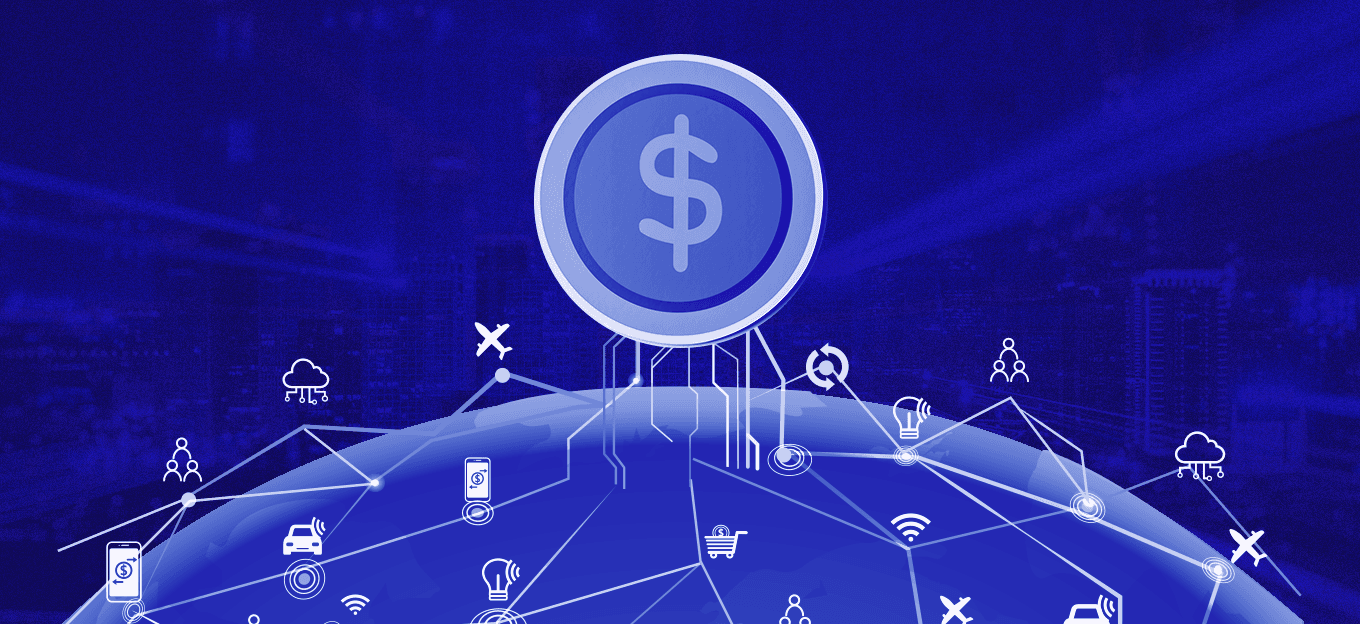Can IoT Boost the Use of Electric Vehicles?
Can IoT Boost the Use of Electric Vehicles?
- Last Updated: December 2, 2024
Libelium
- Last Updated: December 2, 2024



The world is rapidly embracing the need for sustainable transportation solutions to combat climate change and reduce pollution. Electric vehicles (EVs) have emerged as a promising alternative to traditional gasoline and diesel-powered cars. However, the widespread adoption of EVs still faces challenges such as limited charging infrastructure and range anxiety.
In this context, the Internet of Things (IoT) presents an opportunity to overcome these barriers and accelerate the use of electric vehicles. By leveraging IoT technologies, we can enhance the charging experience, optimize resource allocation, and promote the transition to a cleaner and greener transportation system.
"By leveraging IoT technologies, we can enhance the charging experience, optimize resource allocation, and promote the transition to a cleaner and greener transportation system."
Electric Vehicle Challenges
One of the primary concerns for EV owners is the availability and accessibility of charging stations. IoT can play a crucial role in addressing this challenge. Through IoT-enabled systems, we can create a comprehensive network of charging stations that are connected and intelligently managed.
For instance, using smart parking solutions, we can optimize the utilization of charging stations and enable seamless charging experiences in public infrastructures (hospitals, streets, and so on), but also in private buildings and spaces, like malls, office buildings, or neighbor areas.
Real-time data on charging station availability, charging speed, and vehicle status can be communicated to EV owners via mobile applications, ensuring efficient utilization of resources and reducing the time spent searching for available charging spots.

How IoT Can Help
The electric car is not just about mobility, but about structuring industrial processes that allow us to know what works and doesn't and gain competitiveness. So IoT can also revolutionize the charging process itself, making it more convenient and efficient. With IoT solutions, EVs can communicate with charging stations and automatically initiate charging sessions when plugged in.
Moreover, smart grid integration can enable bi-directional communication between EVs and the power grid. This opens up possibilities for vehicle-to-grid (V2G) technology, where EVs can consume energy and feed back excess energy to the grid during peak demand periods. By utilizing IoT and V2G, EVs can become mobile energy storage units, contributing to grid stability and renewable energy integration.

Due to the increased connectivity of electric cars, IoT technology enables a communication channel between vehicles and road infrastructure. This allows for the exchange of messages between car drivers and infrastructure managers, effectively reducing range anxiety and enhancing security conditions.
Range anxiety, the fear of running out of battery power during a journey, is a significant concern for potential EV owners. IoT can address this issue by providing real-time information about available charging stations along a planned route. By integrating navigation systems with IoT data, EV drivers can easily locate charging stations, check their availability, and plan their journeys accordingly.
Additionally, IoT can enable predictive analytics that estimates battery range based on driving conditions, traffic, and weather. This information empowers EV owners with accurate range predictions, reducing anxiety and increasing confidence in electric vehicles.
Collaboration for EV Transition
The transition to electric vehicles requires collaboration among various stakeholders, including governments, private companies, and individuals. IoT can facilitate this collaboration by creating a connected ecosystem. For instance, IoT platforms can enable the exchange of data and insights between EV manufacturers, charging infrastructure providers, and energy companies.
This collaboration can lead to innovations such as smart grid integration, dynamic pricing models, and optimized charging algorithms. By leveraging IoT, these stakeholders can work together to create a seamless and sustainable electric mobility ecosystem.
IoT: A Powerful Tool For EV
The adoption of electric vehicles is crucial for achieving our environmental goals and building a sustainable future. While challenges such as limited charging infrastructure and range anxiety exist, the Internet of Things presents a powerful tool to overcome these barriers.
By integrating IoT technologies into the electric vehicle ecosystem, we can enhance charging infrastructure, optimize charging processes, and provide real-time information to alleviate range anxiety. Embracing this challenge is key to accelerating the transition to a cleaner and greener transportation system, benefiting both the environment and future generations.
The Most Comprehensive IoT Newsletter for Enterprises
Showcasing the highest-quality content, resources, news, and insights from the world of the Internet of Things. Subscribe to remain informed and up-to-date.
New Podcast Episode

Moving Past the Pilot Phase in IoT and AI
Related Articles





